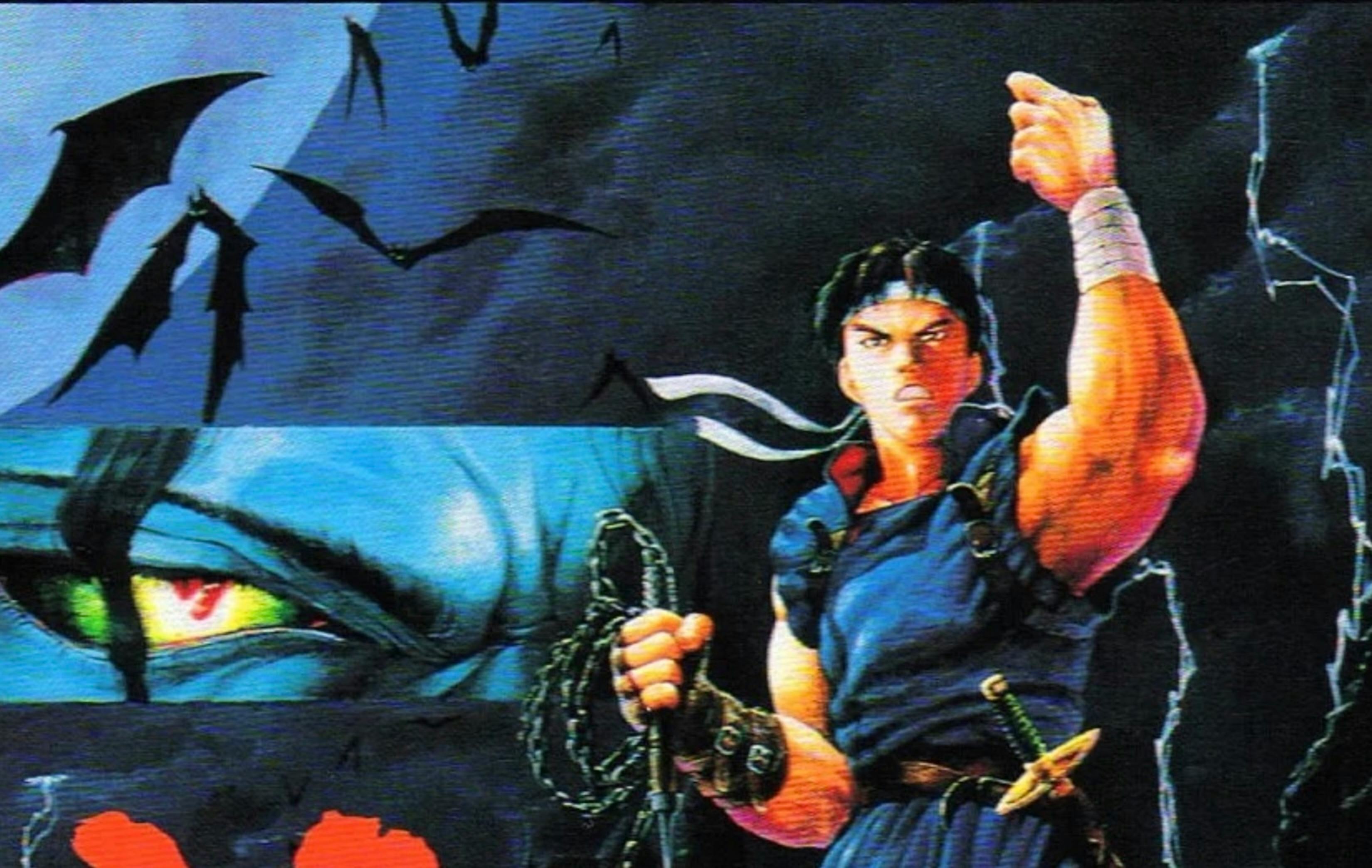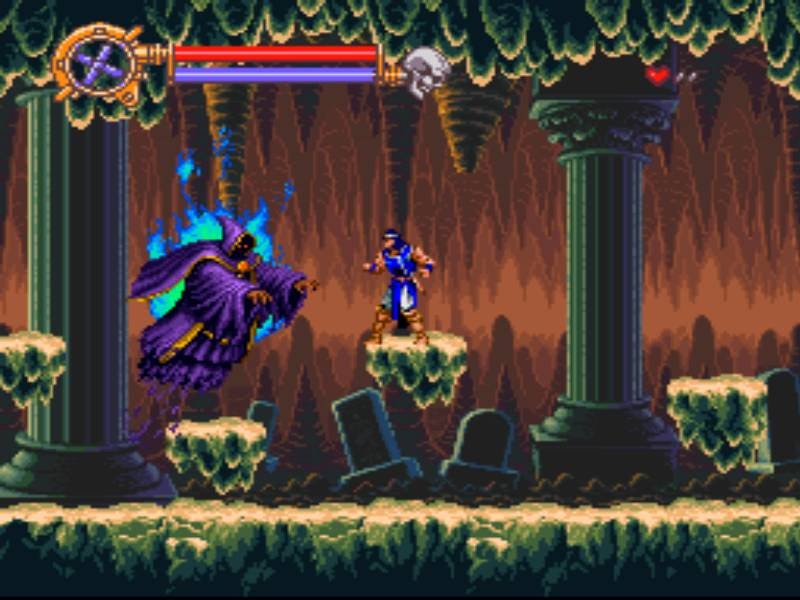
The idea of using a whip to defeat undead demons, vicious skeletons and bloodthirsty vampires never gets old. While the Castlevania franchise has been around in some way, shape or form since 1987, by 1995, video game aficionados had plenty of experience with the various plotlines and formats of this gothic premise. In many ways, Castlevania as a whole deserves a decent amount of credit for popularizing the idea of badass vampire slayers, and making old-school Dracula battles feel like something that could easily be fused with martial arts.
But on July 21, 1995, when Castlevania: Dracula X was released for Super Nintendo, it garnered both cheers of celebration among younger gamers, and a bit of a shoulder shrug from older gamers. And it’s in this split that a crucial truth about various 1990s SNES games can be found: the critical darlings of the time weren’t exactly the same as what kids gravitated towards when playing games. Although many critics of Castlevania: Dracula X complained that PC version of the game was better, for most young people, this was the coolest and most fast-paced version of the Castlevania franchise yet.
Like previous versions, the player controls one of the Belmont heroes, in this case, Richter Belmont, who is a decedent of Simon Belmont. Ostensibly, your primary motivation as Richter is to fight and whip your way through hoards of the undead to rescue your girlfriend Annette and her sister, Maria, from Dracula’s clutches. Technically, this narrative, as well as the gameplay is a remake of Castlevania: Rondo of Blood, which was previously released for CD Rom for PCs in 1993.
But for kids, the difference between a 1993 computer game, and 1995 SNES game, is a very big gap. Yes, the N64 was on the horizon in 1996, but for most kids in 1995, the SNES was still the best gaming system you could get, and that meant that badass side-scroller in which you destroyed undead enemies with a whip was still fairly amazing at the time.

The problem with Castlevania: Dracula X is that at the time it was essentially playing the greatest hits of Castlevania games up to that point, which means that today, the playability is basic at best. Yes, there’s still a novelty to this kind of side-scrolling game, but sometimes it’s hard to believe this game was released just a year before N64 and two years before Castlevania: Symphony of the Night was released for Sony Playstation.
In a sense, Castlevania was never destined to be a great arcade-style classic Nintendo game. Instead, as the critics of the time, its best form tends to exist as slightly more complex PC game.
Looking back, Castlevania: Dracula X was not the greatest Castlevania game of all time, but, for a brief time, before Symphony of the Night amped-up the graphics and game play in 1997, this was the most mainstream Castlevania game for the vast majority of people. Even by 1996, it’s not like very kid automatically had a Playstation or N64. For many kids, stuck with their SNES, Castlevania was the best you could do in this franchise. Its legacy is simply that, the people’s version of an incredible franchise, and a throwback to simpler time in gaming when watching that magic whip extend out into a straight line was thrilling enough to keep you mashing the buttons.







